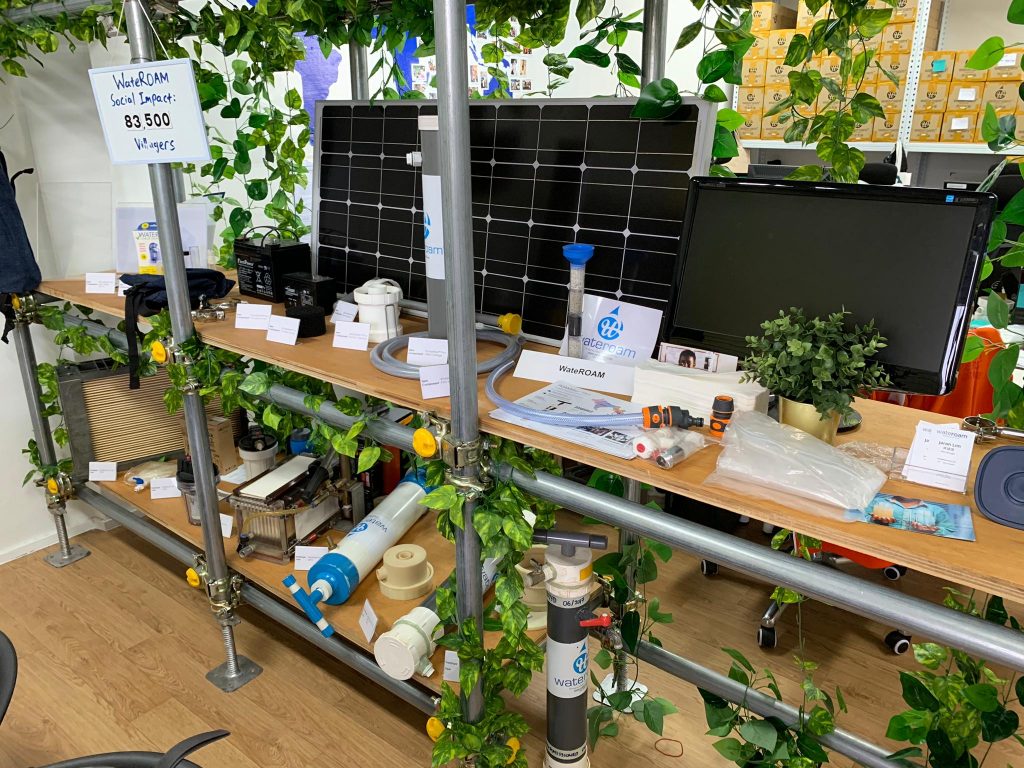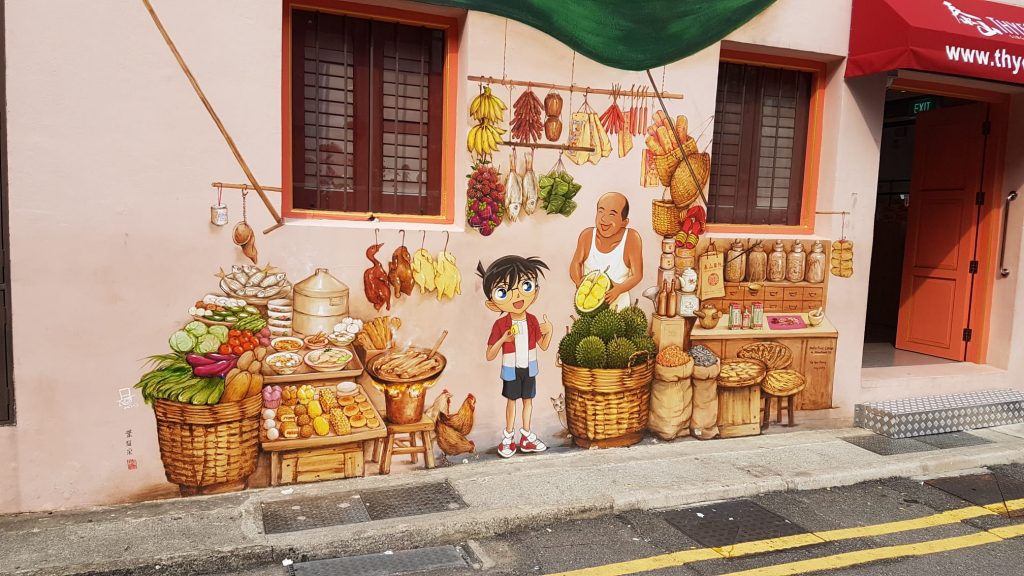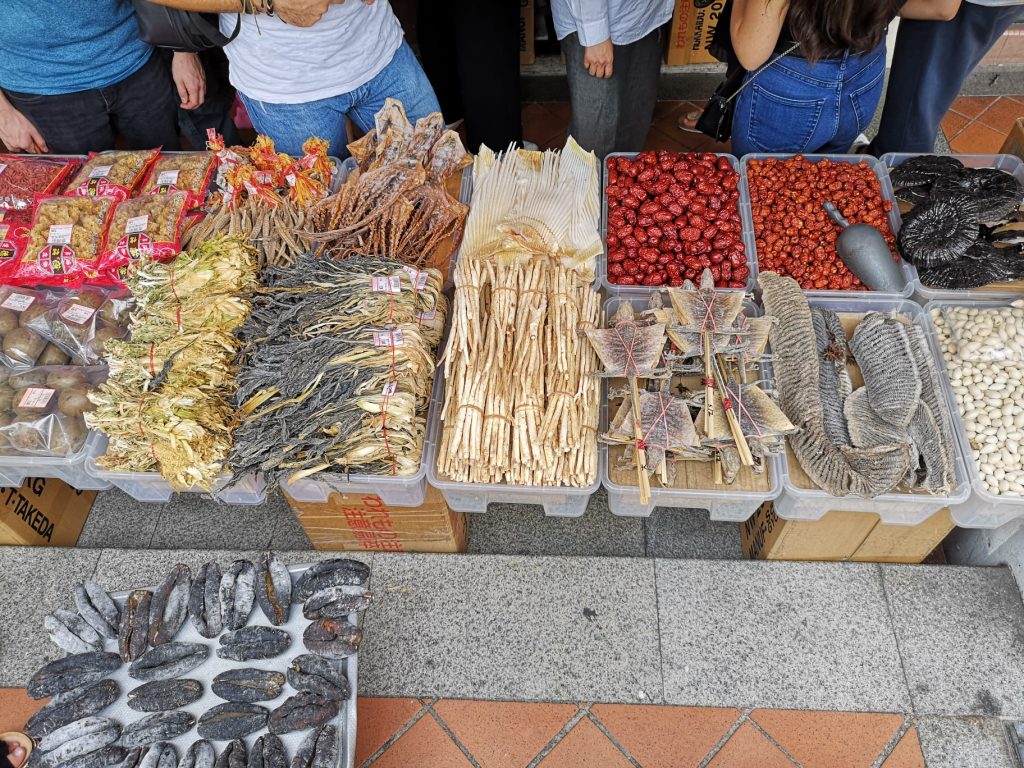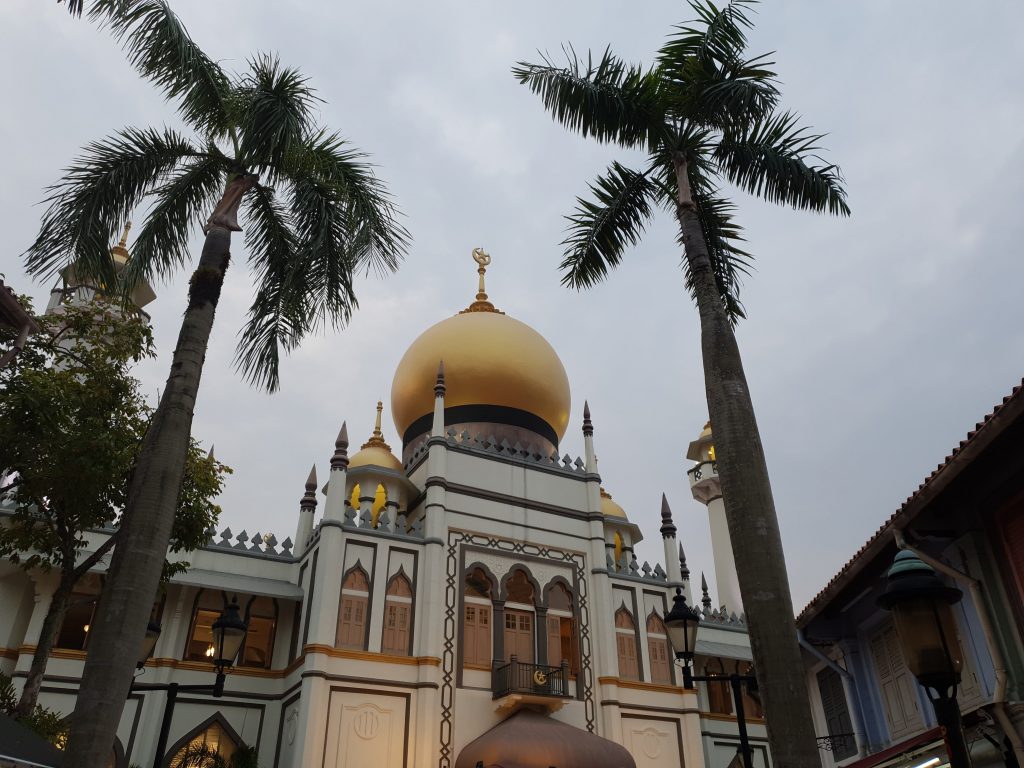The fourth day of our study trip was very intense. After a delicious breakfast from the wide range of options of the buffet – as usual – we had time for individual fieldwork and research.
Our subject is “Ease of doing business for SMEs and micro-businesses in Singapore”. The difficulty of this topic lies in the development of a methodology to collect data in the field, given that statistics on the topic are rarely available in the internet. We decided to focus on personal stories and anecdotes. The day before, we had called and sent out E-Mails to various startup-businesses, hoping we could interview them during our time in Singapore.
Since none of the startups responded to our request, we decided to (re-)act and headed to the JTC Launchpad at one-north, which they themselves describe as a “site that offers a conducive environment and nurturing ecosystem for startups.”
We were surprised by the openness of the team. We had the chance to spontaneously interview Vincent, a Co-Founder of the socially engaged startup “WateROAM”. This startup is engaged in the production of water filters for areas in the world where a proper and healthy water supply is not guaranteed (mainly developing countries with wars or other crises).


After this interview, we had the opportunity to visit the office of the German Accelerator for Startups in South East Asia. The German Accelerator is a program of the Federal Government from the Republic of Germany to support startups in South East Asia. They bring together experienced business leaders with startups in their very early phase. We were lucky to meet three founders who kicked off their business just two weeks ago and got a sense of the issues one might face when considering establishing a business in Singapore or the nearby region.
We would like to say thank you to the assistant marketing manager of the German accelerator for enabling us to talk to the German startups present on-site and filming our interview with them. This really helped us to finalize our group project.
The second part of the day was an intense cultural activity with a 6h guided tour through the ethnic quarters of Singapore. We started the tour at the Buddha Tooth Relic Temple, an impressive building housing the tooth relic of Buddha, located in the Singaporean Chinatown district. Like in most Chinese temples, there are three entrances: the central entrance is meant for the gods and is blocked by a golden pole; the left entrance represents masculinity and is reserved for the Emperor or blue-blooded individuals; the right entrance represents femininity and is open to everybody. The Buddha Tooth Relic Temple contains 420 kg of pure gold in total, which amounts to 18 million S$.

After exiting the temple, we walked along Sago Street, named after the local cake “Sago”. In the earlier times of Singapore, it used to be called the “Street of the death”, due to the large number of retired Chineses immigrants that didn’t have any family to go back to and would pass away in the hospices lining the street.
Even though graffitis were forbidden in Singapore in 1966, the government has since then relaxed its laws and some mural paintings are now allowed:



We then headed via metro to the Kampong Glam, the quarter of the Malay-Muslim residents. We strolled through Haji Lane, a now hip street that used to be lined by all sorts of shops selling items necessary for the Malays’ pilgrimage to Mecca. The street is now full of shops and bars, and we were given some time to either go shopping or enjoy a coffee in the so-called selfie café, a coffeeshop in which one can have their face “printed” onto their coffee with food coloring.
We continued our tour of the city by visiting the Arabic Street, home of Masjid Sultan, the largest mosque in Singapore. Legend has it that when the builders called for donations to enable the constructions of the mosque, the poorest citizens of Singapore gave them old soy-sauce containing bottles for lack of money. Truly honoured by the generosity of these people owning so little (an old bottle could otherwise be traded for a few pennies), the constructor incorporated all the bottles into the building, more precisely into the black band below the big golden dome.

Our guided tour of Singapore ended in Little India, the Tamil neighbourhood, where we enjoyed a delicious Indian meal consisting of small shareable plates. The end of another busy day with so many learnings about businesses, cultures and religions.